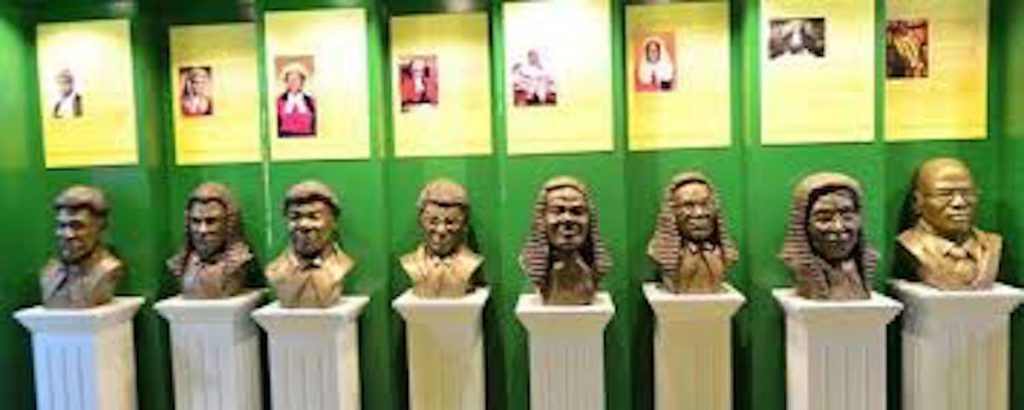Judiciary Museum: A Memorable Gem at the Supreme Court Building
The Judiciary Museum opened its doors to the public in June 2016. The facility is located in the Eastern wing of the Supreme Court Building basement, and one of its kind in East Africa and beyond. It showcases the rich history of the Judiciary featuring documents and objects of great judicial heritage value.
The project was implemented in partnership with the National Museums of Kenya (NMK) over three years and cost the taxpayer Sh70 Million. The idea behind developing a museum originated from the need to open the Judiciary to the public to create understanding and awareness of its history, development and role in society aimed at demystifying the public perception of the institution.
It also purposes to educate the public about Kenya’s unique legal history and judicial processes in general. The Judiciary has gone through several era of development as showcased in the museum.
The pre-colonial period when disputes were resolved by traditional organs like village elders; the colonial period when it was an instrument of the colonial power designed for purposes of administering an occupied people with limited legal rights; and the independence period where the Judiciary served the interests of political administrations that shaped the country’s Constitution to autocratic ends.
With the onset of the democratization process in the 1990s’ and the promulgation of a new constitution in 2010 the institution has been transformed into an independent organ of justice.
The Museum narrates the story of Judiciary’s long and arduous journey, the achievements, failures and challenges it has realized. It brings together all the important reminders of Kenya’s judicial heritage and makes this part of its history. The museum is unique and a first in the East African region.
Thematic Framework
In interpreting the history of the Judiciary in Kenya, the thematic framework focused on topical issues embedded in a chronological outline. Major Milestones showcased in the Kenyan Judiciary, include but not limited to:
- African systems of Administration of justice
- Introduction of formal judicial systems
- Constitutional changes and its impact on the Kenya Judiciary
- Landmark cases and rulings,
- Outstanding personalities in justice delivery,
- Controversial rulings,
- Reforms in the Judiciary,
- Relations between the Judiciary and the Executive,
- Judiciary and the Bench
- Future of the Judiciary
The Judiciary Museum, being a specialized institution, targets audiences drawn from the
following groups;
- Law Students
- History teachers and students
- Visitors from institutions of learning at all levels
- General public
- The Judiciary Museum is a sight to behold and a must visit for the people interested in Kenya’s history
- Martin Filler, a famous American Architecture critic once stated that the most basic task of any museum must be the protection of works of cultural significance entrusted to its care for the edification and pleasure of future generations. This is exactly what judiciary has envisaged and done decades after Martin’s quote.


